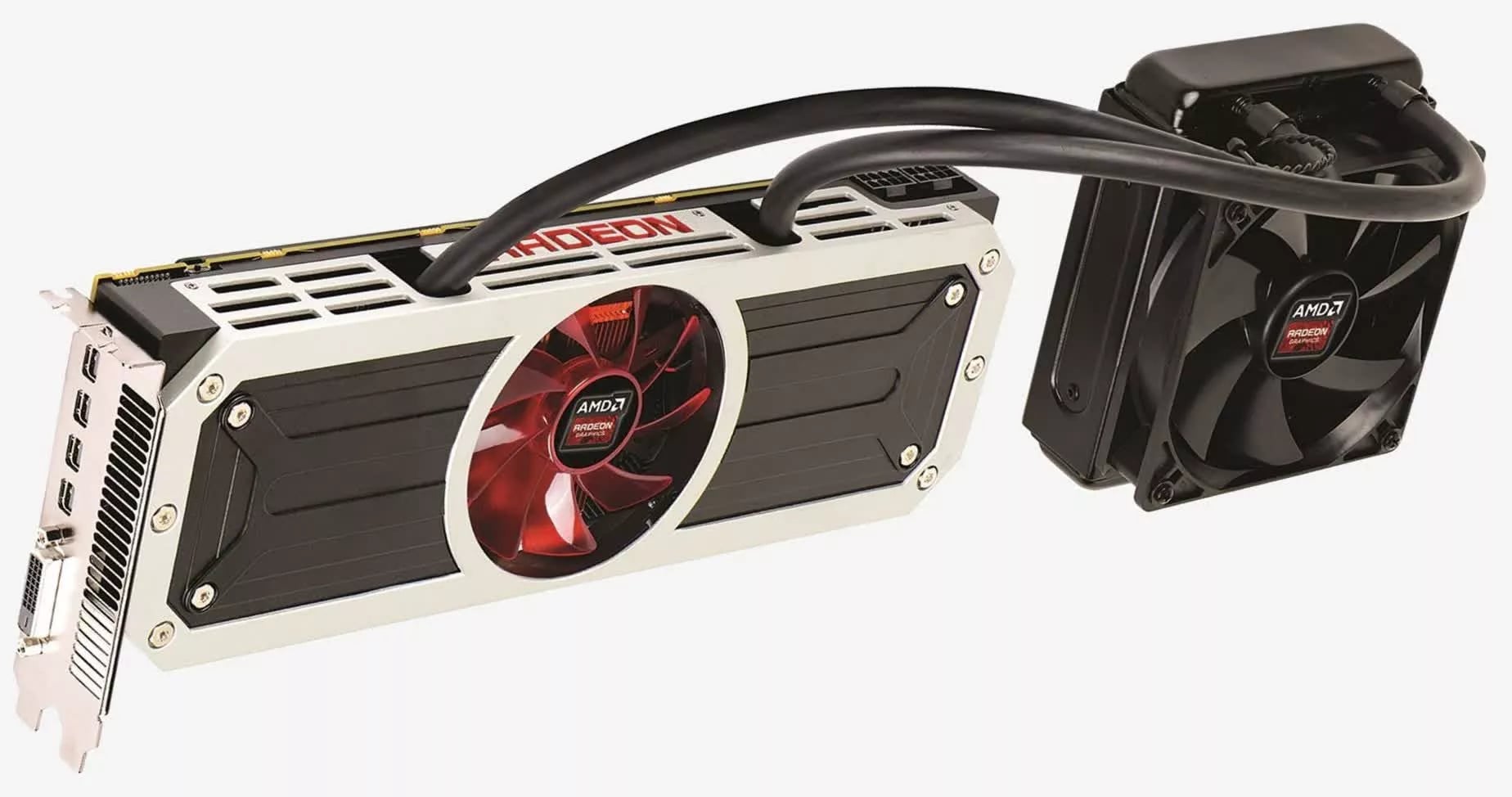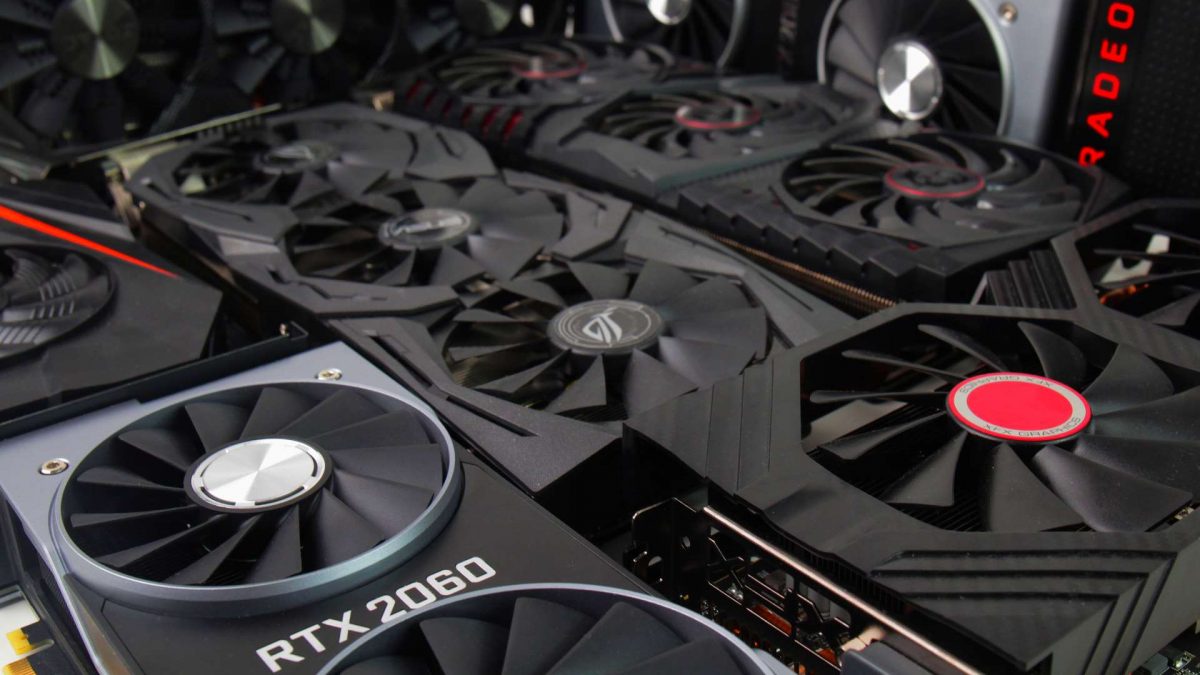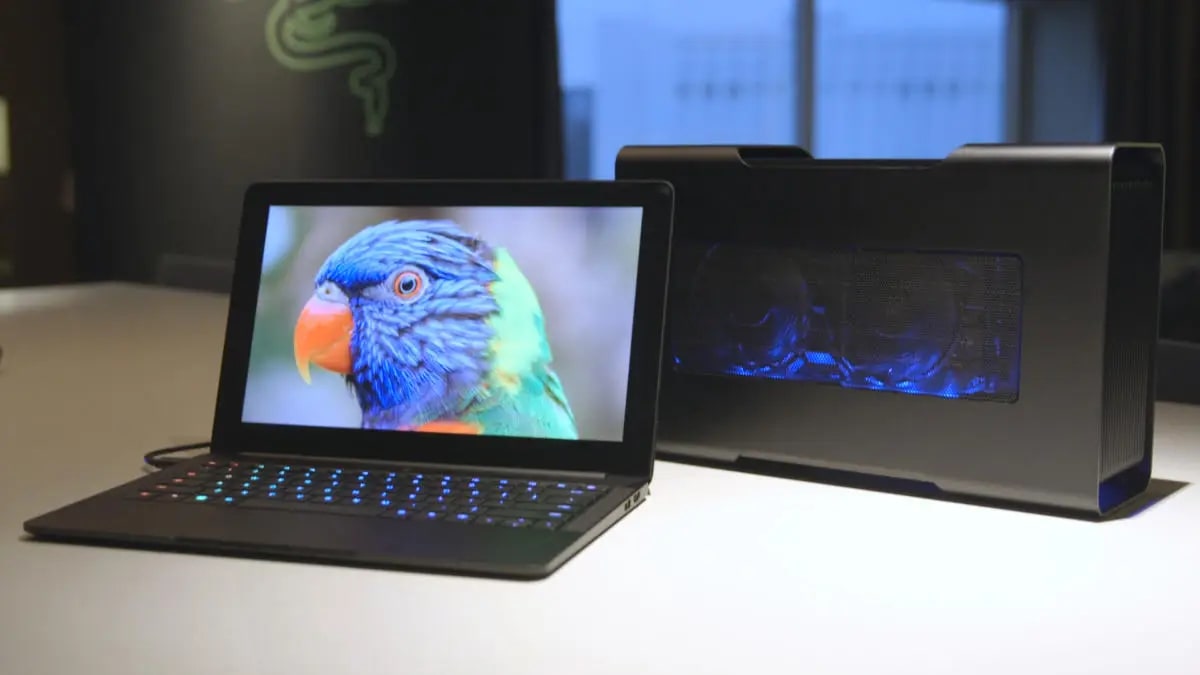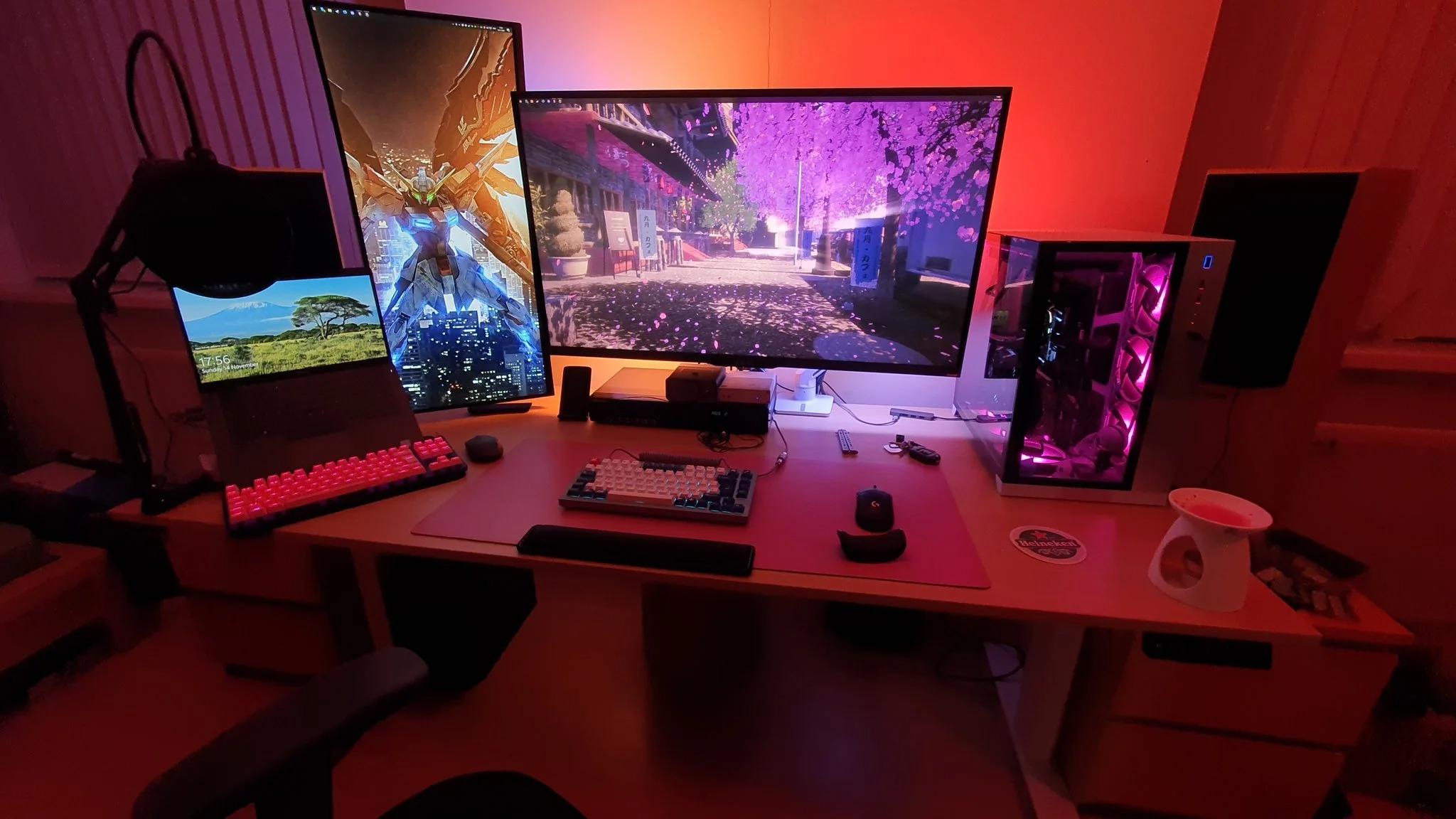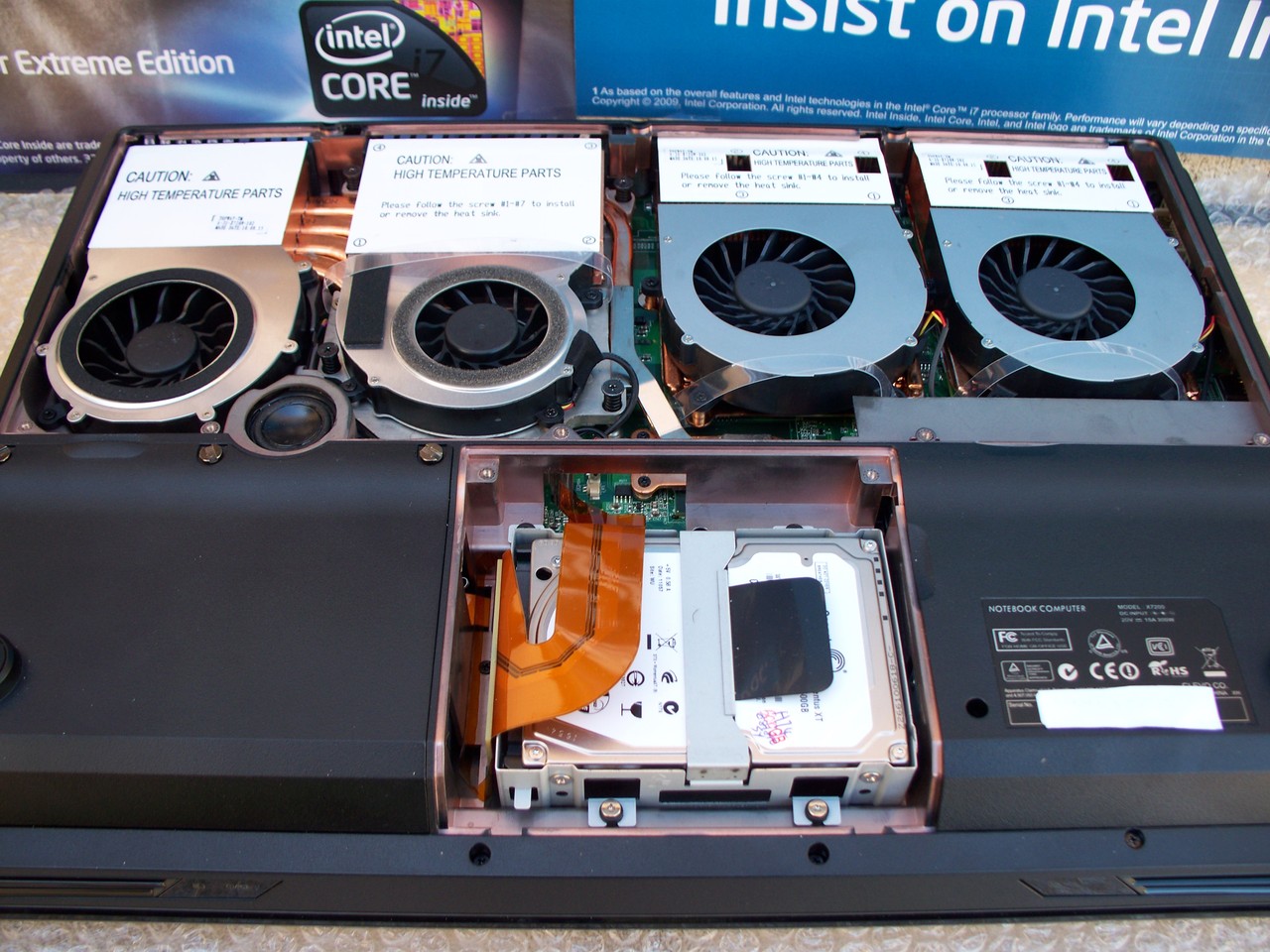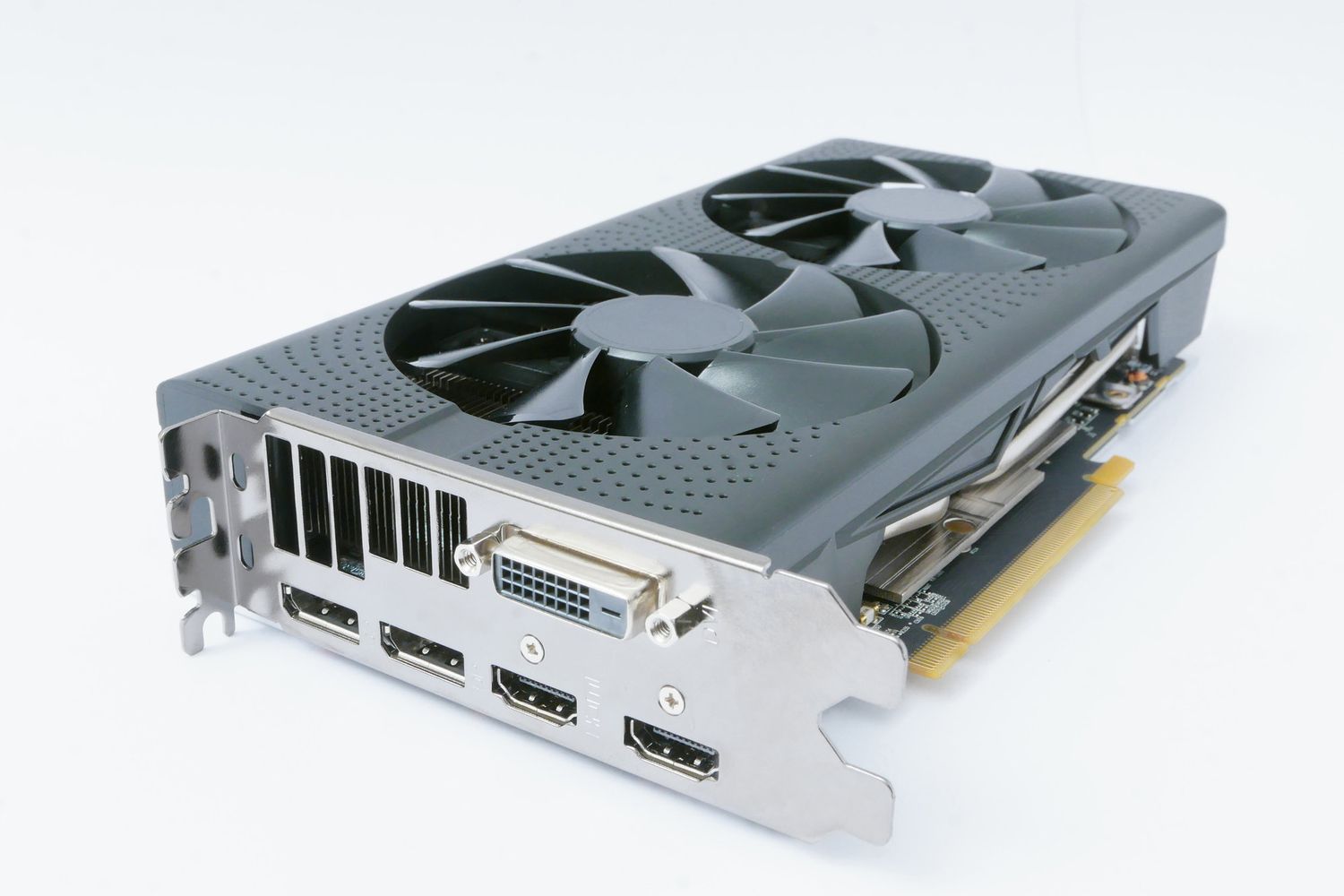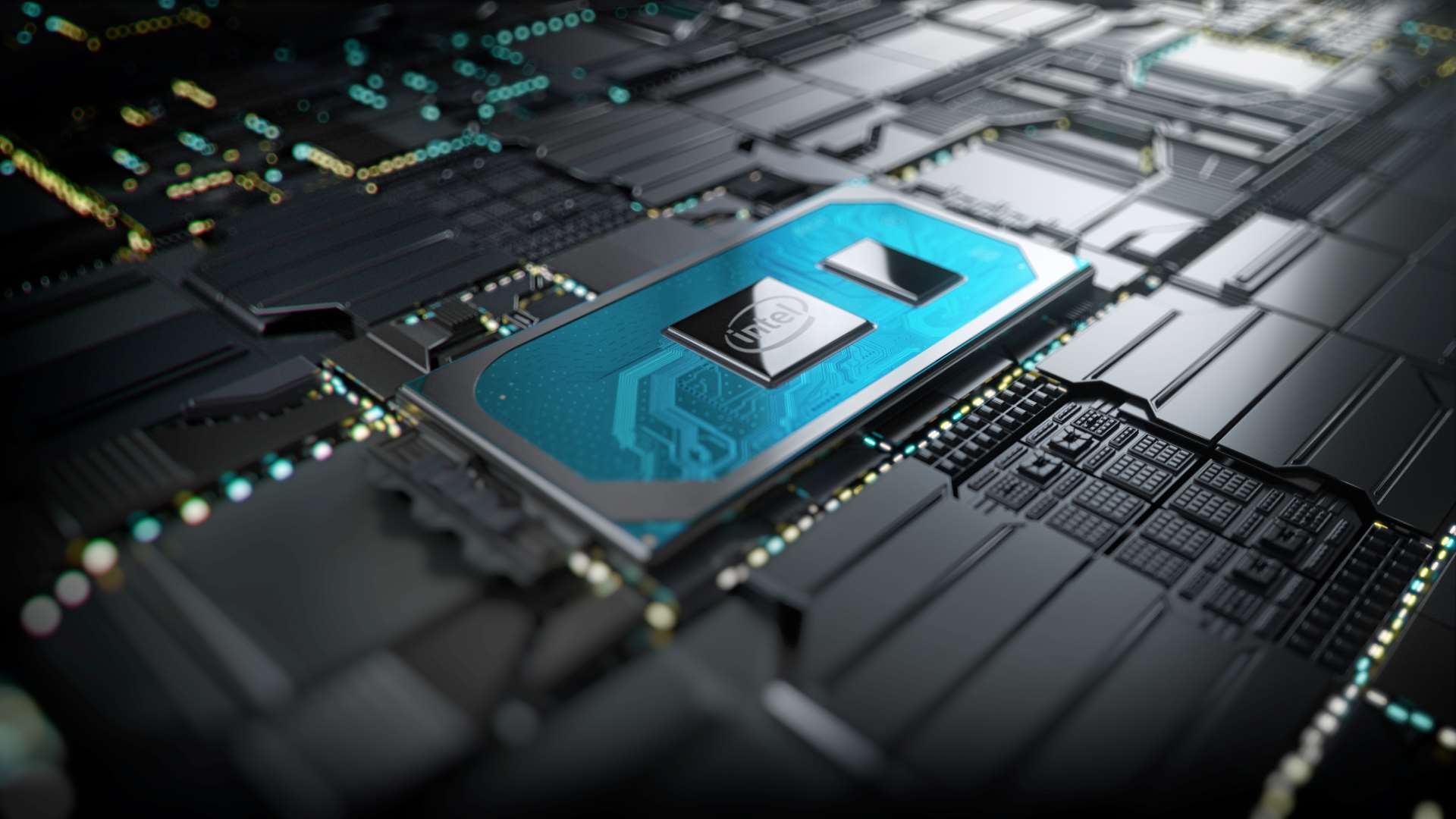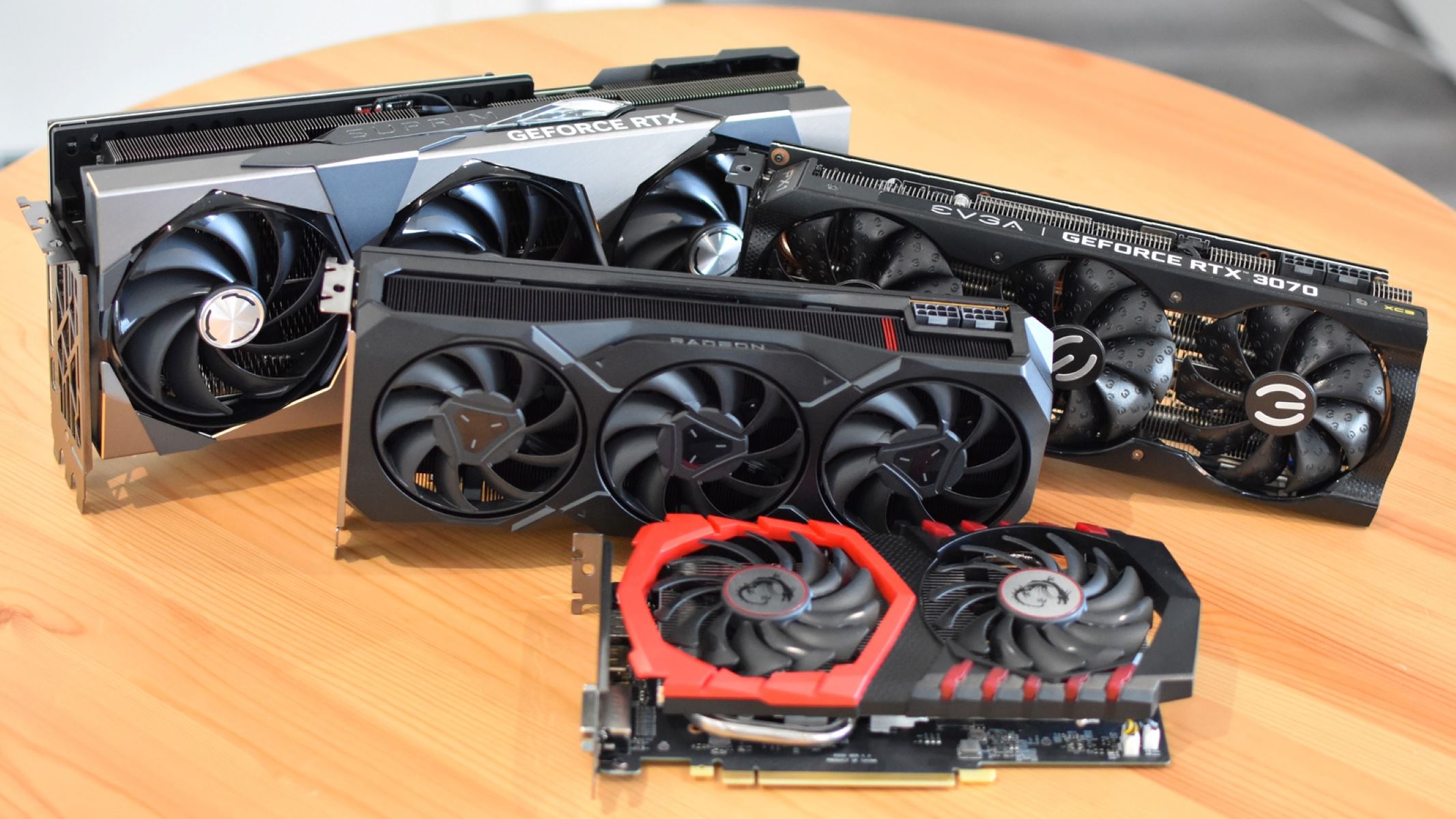Introduction
Welcome to the world of gaming, where stunning graphics and realistic gameplay reign supreme. As a gamer, you know that the graphics card is a critical component in delivering the visual experience you crave. But what if you want to have more control over which graphics card a specific game uses? Can it be done? The answer is yes!
Whether you’re a casual gamer or a hardcore enthusiast, there are situations where you may want to choose which graphics card your game utilizes. Perhaps you have a high-performance gaming rig with multiple graphics cards, and you want to allocate the workload to different cards for optimal performance. Or maybe you have a laptop with both an integrated graphics card and a dedicated GPU, and you want to ensure your game is utilizing the dedicated graphics card for better performance.
Understanding how your computer uses graphics cards is crucial in getting the most out of your gaming experience. The operating system and individual applications, including games, rely on the graphics card to render and display graphical elements on your screen.
Fortunately, you have several methods at your disposal to choose which graphics card a game uses. In this article, we’ll explore three main options: using the graphics card control panel, utilizing third-party software, and modifying game settings. By understanding these methods, you’ll have the power to optimize your gaming experience and ensure the best performance possible.
Why would you want to choose which graphics card a game uses?
Choosing which graphics card a game uses may not be a concern for every gamer. However, there are specific scenarios where having this control can greatly enhance your gaming experience. Let’s explore the main reasons why you might want to choose which graphics card a game utilizes:
- Performance Optimization: Different graphics cards have varying capabilities and power. By choosing which graphics card a game uses, you can ensure that the game leverages the full potential of a high-performance card, resulting in smoother gameplay, faster frame rates, and enhanced visuals.
- Compatibility: Some games may not be fully compatible with certain graphics cards, leading to issues such as graphical glitches, crashes, or poor performance. By manually selecting the graphics card, you can ensure that the game runs without any compatibility problems and enjoy a seamless gaming experience.
- Multiple Graphics Cards: If you have a computer setup with multiple graphics cards, you can choose which card a specific game uses. This allows you to distribute the workload across different GPUs, maximizing performance and preventing a single card from becoming overwhelmed.
- Battery Life: For gamers using laptops, power efficiency becomes crucial. Most laptops have both an integrated graphics card for everyday tasks and a dedicated GPU for gaming. By selecting the integrated graphics card for less demanding games, you can conserve battery life, extending your gaming sessions on the go.
- Overcoming Hardware Limitations: In some cases, you may have a powerful graphics card but a CPU that struggles to keep up with demanding games. By choosing to use a lower graphics card, you can alleviate the strain on your CPU, allowing for a smoother gaming experience with reduced frame drops or stuttering.
By having the ability to choose which graphics card a game uses, you gain control over your gaming setup and can tailor the experience to best suit your needs. Whether you’re aiming for maximum performance, compatibility, power efficiency, or overcoming hardware limitations, being able to select the graphics card can make a significant difference in your gaming experience.
Understanding how your computer uses graphics cards
Before diving into the methods of choosing which graphics card a game uses, it’s important to have a basic understanding of how your computer utilizes graphics cards. Graphics cards, also known as GPUs (Graphics Processing Units), play a crucial role in rendering and displaying visual elements on your screen during gaming and other graphics-intensive tasks.
When you launch a game, the operating system and the game itself communicate with the graphics card to render and display the game’s graphics. The graphics card has its own dedicated memory, called VRAM (Video Random Access Memory), which stores the graphical assets and textures of the game.
Depending on your computer’s configuration, you may have multiple graphics cards, such as an integrated graphics card and a dedicated GPU. The integrated graphics card is a part of the CPU and handles basic graphical tasks, while the dedicated GPU is a separate card designed specifically for high-performance tasks like gaming.
The operating system and most applications, including games, automatically detect and utilize the most suitable graphics card by default. However, there may be situations where you want to override this automatic selection and manually specify which graphics card a game should use.
It’s worth noting that the method of selecting the graphics card for a game can vary depending on your computer’s operating system, GPU brand, and driver software. The methods we’ll discuss in this article are not universal and may differ slightly depending on your specific setup.
Now that we have a basic understanding of how your computer uses graphics cards, we can explore the methods you can employ to choose which graphics card a game uses. Whether you need to optimize performance, ensure compatibility, or make the most of your hardware configuration, these methods will give you the control you desire over your gaming experience.
Method 1: Using the graphics card control panel
One of the most reliable and straightforward methods to choose which graphics card a game uses is through the graphics card control panel. Both NVIDIA and AMD provide control panel software that allows you to customize various settings, including the preferred graphics card for specific applications or games.
Here’s a step-by-step guide on how to use the graphics card control panel to select a graphics card for a game:
- Open the graphics card control panel. For NVIDIA graphics cards, this is typically the NVIDIA Control Panel, while AMD graphics cards use the AMD Radeon Settings.
- Navigate to the section that allows you to manage 3D settings or application profiles. This may vary slightly depending on your graphics card brand and driver version.
- Locate the option to add a new application or select an existing one. Choose the game you want to customize.
- Once you have selected the game, look for an option that allows you to specify the preferred graphics processor or graphics card. This option may be labeled as “Preferred graphics processor,” “Power management mode,” or something similar.
- From the dropdown menu or options provided, select the desired graphics card you want the game to use. If you have multiple graphics cards, both integrated and dedicated, ensure you choose the appropriate one.
- Save the settings, and close the graphics card control panel.
By following these steps, you can prioritize the selected graphics card for the specific game. The graphics card control panel will override any default settings and ensure that the game utilizes your chosen card for optimal performance.
Keep in mind that the interface and settings within the graphics card control panel may differ depending on your graphics card brand, driver version, and operating system. It’s always a good idea to consult the documentation provided by your graphics card manufacturer for specific instructions tailored to your setup.
Now that you know how to use the graphics card control panel to choose which graphics card a game uses, let’s explore another method: using third-party software.
Method 2: Using third-party software
If you’re looking for additional flexibility and customization options beyond what the graphics card control panel offers, you can turn to third-party software. There are several programs available that specialize in managing graphics card settings, including the ability to choose which graphics card a game utilizes.
Here’s a step-by-step guide on how to use third-party software to select a graphics card for a game:
- Research and choose a reliable third-party software that provides the functionality you need. Some popular options include MSI Afterburner, EVGA Precision X, and RadeonPro.
- Download and install the selected third-party software from their official website.
- Launch the software and navigate to the settings or options menu.
- Look for a section or option related to graphics card control or application profiles.
- Add the game you want to customize by either manually selecting its executable file or automatically scanning your system for installed games.
- Once you’ve added the game, locate the setting that allows you to choose the preferred graphics card or GPU for that specific game.
- Select the desired graphics card from the available options provided by the software.
- Save the settings and exit the third-party software.
By utilizing third-party software, you gain access to advanced features and granular control over your graphics card configuration. These programs often provide additional options such as overclocking, temperature monitoring, and fan control, allowing you to fine-tune your gaming experience according to your preferences.
It’s important to note that the interface and features of third-party software can vary significantly between different programs. Take the time to explore and familiarize yourself with the software’s settings to ensure you make the most of its capabilities.
Now that you’re familiar with the process of using third-party software to choose which graphics card a game uses, let’s move on to the next method: modifying game settings.
Method 3: Modifying game settings
If you prefer a more direct and game-specific approach to choosing which graphics card to use, you can modify the game settings themselves. Many games provide options within their settings menu that allow you to specify the preferred graphics card or determine which card to use based on performance profiles.
Here’s a step-by-step guide on how to modify game settings to select a graphics card:
- Launch the game you want to customize and navigate to the settings menu.
- Look for an option related to graphics or video settings. This may be labeled as “Graphics settings,” “Graphics preferences,” or something similar.
- Within the graphics settings, search for a preference that allows you to choose the graphics card. Depending on the game, this option may have varying labels, such as “Graphics adapter,” “Renderer,” or “GPU selection.”
- From the available options, select the desired graphics card you want the game to use. Ensure that you choose the appropriate card if you have multiple graphics cards installed in your system.
- Save the changes and exit the game settings menu.
By modifying the game settings directly, you are explicitly instructing the game to use the graphics card of your choice. It provides a straightforward solution, especially when dealing with games that do not have native support for multiple graphics cards or do not provide options in the graphics card control panel.
Keep in mind that not all games offer the ability to select the preferred graphics card within their settings. It depends on the game’s development and the options provided by the game engine. In such cases, using the graphics card control panel or third-party software remains the best alternative.
Now that you have learned how to modify game settings to choose which graphics card a game uses, you have multiple methods at your disposal. Each method provides varying levels of control and customization, allowing you to tailor your gaming experience to your liking.
Conclusion
Having the ability to choose which graphics card a game uses can greatly enhance your gaming experience. Whether you want to optimize performance, ensure compatibility, or make the most of your hardware configuration, the methods discussed in this article provide you with the necessary tools to achieve your goals.
Using the graphics card control panel allows you to easily select a preferred graphics card for specific games. It provides a reliable and straightforward approach, ensuring that your chosen graphics card is utilized effectively.
Third-party software offers even more flexibility and customization options. These programs often provide advanced features and extensive control over your graphics card configuration, giving you greater control over your gaming experience.
Modifying game settings can be a more game-specific approach. While not all games offer this option, when available, it allows you to directly instruct the game to use the desired graphics card, providing a direct solution for optimal performance.
It’s important to remember that the specific steps and options may vary depending on your computer’s operating system, graphics card brand, driver version, and the games themselves. Always consult the documentation provided by your graphics card manufacturer and refer to the game’s settings for the most accurate and up-to-date information.
Now that you understand the methods to choose which graphics card a game uses, you have gained the power to customize and tailor your gaming experience to your specific needs. Whether you’re seeking maximum performance, compatibility, or efficient power management, taking control of your graphics card selection puts the power in your hands and ensures an enjoyable and optimized gaming experience.







